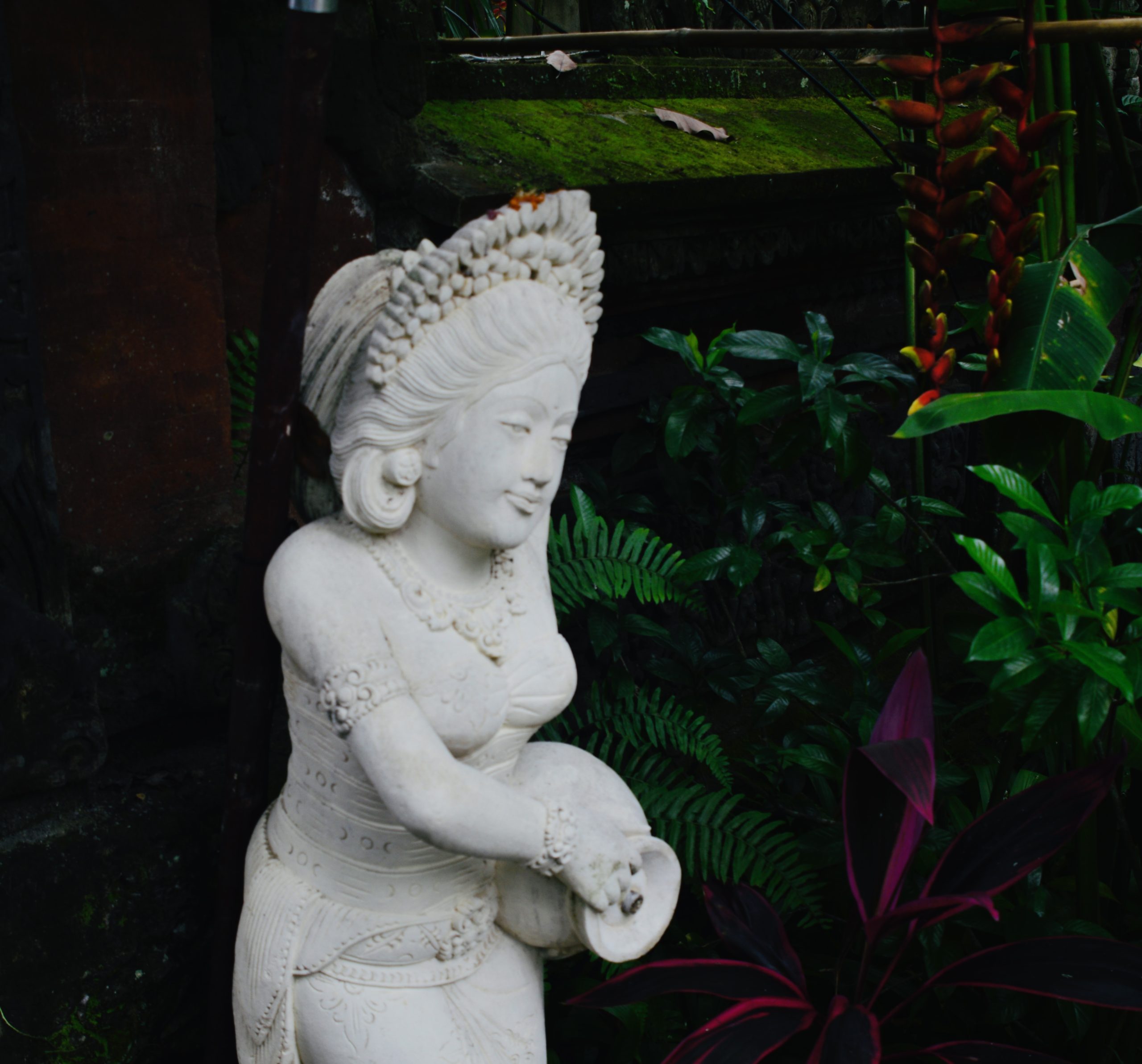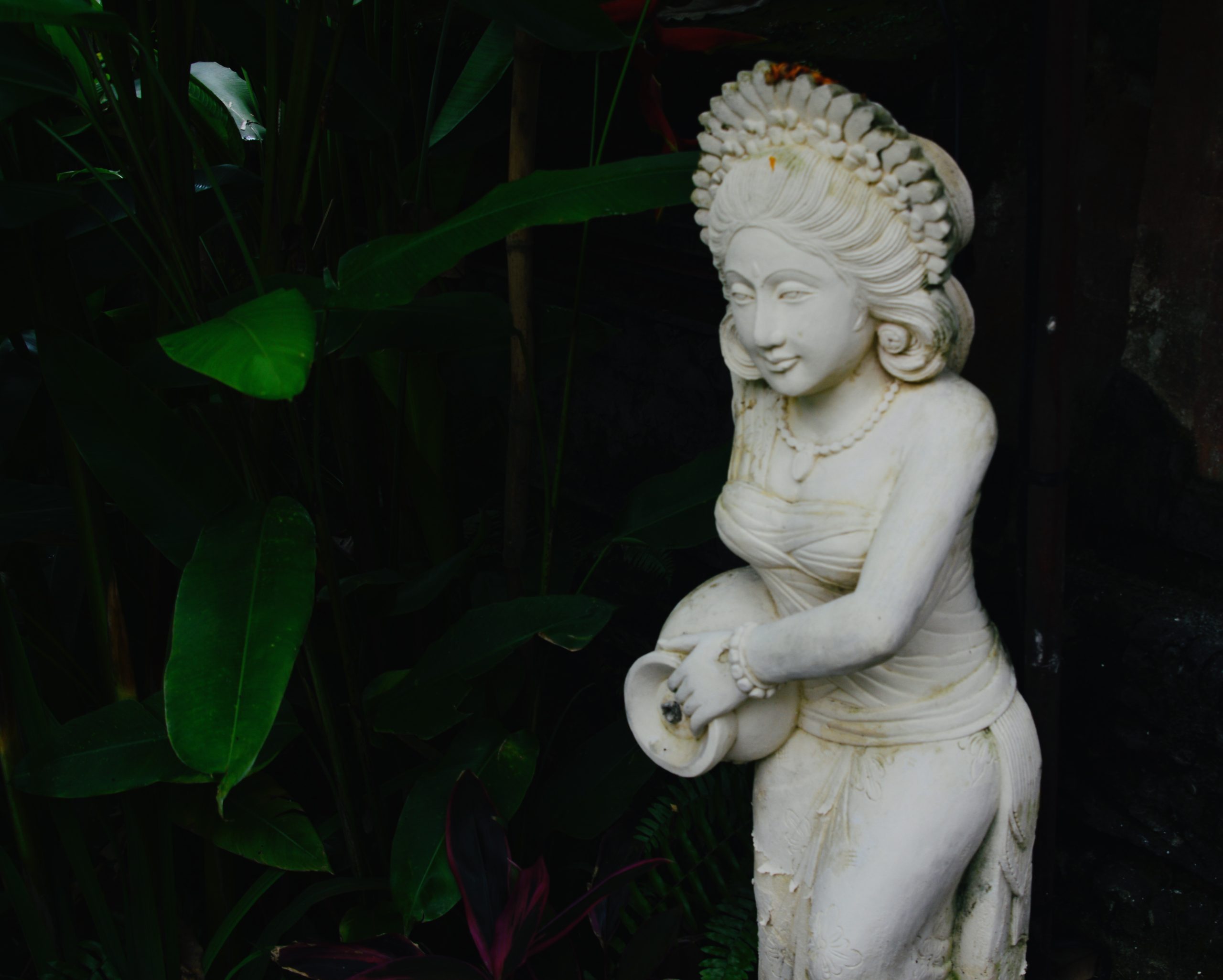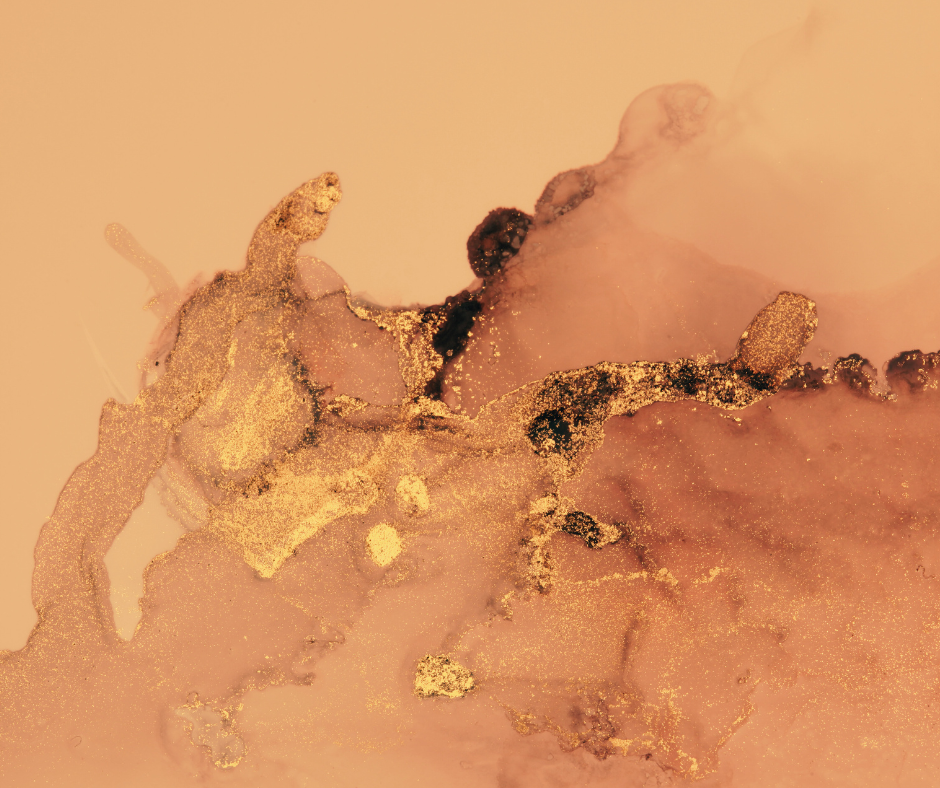Why is it important to understand archetypes and how can they help you achieve your goals?
What are archetypes?
Archetypes. What are they? How do they influence us?
According to the Merriam-Webster dictionary, an archetype is the original pattern or model from which all things of the same kind are copied or on which they are based; a prototype or a perfect example.
In psychology, an archetype is a concept defined by Swiss psychiatrist and psychoanalyst Carl Gustav Jung as the universal pattern or mental image present in the collective unconscious, innate in the human psyche, regardless of culture or geographical location (Jung, 1959 cited in Merlo et al., 2023).
Jung observed that across different cultures, common characters and themes tend to appear in myths and legends. Their nature as universal motifs makes them present everywhere, from literature, films, myths, fairy tales, dreams, to everyday life (Jung, 2014, p. 159). The applications of archetypes are widespread, from personal psychology to branding and marketing.
They originate from the “primitive” world, not belonging to the realm of thought and not controlled by will (Jung, 2014, p. 159). Thus, archetypes will influence us, whether we are aware of them or not. They are impersonal, even when they appear to have personal content, being built on the inherited structure of the human spirit (Jung, 2014, p. 161).
For individuals, they are “spiritual forces of life” (Jung, 2014, p. 162), offering protection and salvation. Violating them endangers life itself. They stimulate psychological disorders when ignored, just like a neglected organ. We can say they are a universal spiritual organ.
They are a system meant to compensate consciousness where needed (Jung, 2014, p. 168).
An archetype is absolute, but its representation can vary.
For example, the maternal archetype can be depicted as a mother, grandmother, stepmother, or the Virgin Mary;
It can manifest as an image such as: paradise;
It can be an emotion such as: longing or melancholy;
Or something greater than ourselves like: a church, temple, or a forest.
It can also symbolize fertility, like the cornucopia.
Moreover, any archetype and its represented aspects can be dual: positive/negative, good/evil, light/dark, etc.
The mother can embody love, care, protection, and kindness, but she can also be hidden, devouring, bad, frightening, or stepmotherly.
What are archetypes not?
The Nature and Duality of Archetypes
Archetypes are limitless and cannot be fully represented within our world.
Thus, when we speak of “the x archetype”, “the hero archetype” or “Aphrodite as an archetype,” we are actually referring to images of the original, perfect form, not the archetype itself.
Thus, Aphrodite is not an archetype, but a representation of one. A hero in a film or novel is likewise a manifestation of archetypal energy, rather than the archetype itself.

The Role of Representations
For archetypes to be perceived, they need to be placed in a “container.” Such a container is a representation. Each representation contains, to a greater or lesser extent, parts of the essence of the archetype’s absolute image.
Therefore, an archetype is not necessarily a person, although it often appears represented as such. We can speak of archetypal actions, such as the “hero’s journey,” “initiation,” or “ceremony,” as well as archetypal objects like the vessels and items used in various ceremonies, the hero’s sword, etc.
The Reality of Archetypes
Archetypes are not imaginary; they appear in the imagination because they precede it as representations. For example, the archetype of the child is a “preconscious aspect of the collective soul’s childhood” (Jung, 2014, p. 166). We are born with these representations, and that is why they appear in our consciousness.
We do not each possess a single “archetype”; rather, each of us carries a combination of archetypes in our psychic energy. They can manifest differently, in their positive form or in more unfortunate aspects.

”Archetypes resemble the beds of rivers: dried up because the water has deserted them, though it may return at any time. An archetype is something like an old watercourse along which the water of life flowed for a time, digging a deep channel for itself. The longer it flowed the deeper the channel, and the more likely it is that sooner or later the water will return.”
Carl Jung (1964). Man and His Symbols (p. 67)
The goal is not to become a certain archetype or to “find our archetype.” Rather, the goal is to learn to use archetypal energy to balance ourselves and manifest the aspects we desire optimally when needed.
For example, when we need to overcome a challenge, we will need the hero/heroine within us. On the other hand, if we have a meeting, it is more advisable to embody the loving tendencies of the lover’s archetype.
Jung’s Distinction
Jung differentiated between the archetype itself and the archetypal image.
The former is a “psychoid” factor inaccessible to consciousness, while the latter can reach consciousness in the form of universal symbols (Sacco German, B., 2021).
How Can Archetypes Help Us?
Self-Understanding:
By recognizing archetypes, we gain a better understanding of ourselves and the world around us. Anything can have an archetypal, universal aspect when we change our perspective.
Personality Insight:
We understand our own personalities, our unique combination of archetypes, which helps us better comprehend both our strengths and weaknesses.
Functional Awareness:
We identify the aspects necessary for our functioning and recognize what we should let go of.
Quality Development:
We learn to develop certain qualities that we do not naturally manifest but need.

Behavioral Control:
By understanding archetypes, we gain better control over our behavior, as they regulate human conduct.
They give us energy and are great catalysts:
Archetypes are “agents of inner and outer change that connect biology, psychology, and culture.” Thus, when consciousness is subjected to the struggle of opposites, an archetypal image can unite these opposites through symbols. In this way, “the archetype becomes a holder of potential and a catalyst of creativity both on a personal and collective level” (Sacco German, B., 2021).
The connection with art and creativity:
Archetypes help us better understand art, whether we are talking about painting, literature, cinematography, dance, etc.
At the same time, they teach us to connect with our own creativity, to find innovative solutions and to see and think outside the imposed limits.
Connection and better relationships; management of the social realm
Archetypes help us understand the world around us, our friends and our life partners.
Understanding them can help manage and regulate social interactions, whether they are happening in our personal life or our work environment.
Also, they are used in branding, marketing and human resources.
A Spiritual Life:
Archetypes bring us closer to our own soul, helping us to understand our spiritual dimension.

”If you know your archetypes – and not just yours, if you know how to perceive the world in archetypes, through archetypes – everything changes. Everything. Because you have two things: you can see through one eye which is impersonal, and through the other, which is personal. That’s the way the game is written down here.”
Caroline Myss
Authenticity versus Mask: The Connection to Archetypes
In psychology, the social mask we wear has been termed Persona. It reflects the role we play in society and in each individual relationship, and is neither inherently good nor bad as long as we are aware of it.
The challenge arises when we lose touch with who we truly are, deep down, and begin projecting an image outwardly that we want to portray, often without realizing it.
Thus, in reality, Persona conceals the Shadow, and therapy may be necessary to learn to “take off the mask.” We will discuss this further in a future article.
What is the Connection Between Persona and Archetype?
Depending on what we want to show outwardly, we may consciously or unconsciously adopt the manifestation of a particular archetype. Simultaneously, internal conflicts between who we truly are and who we want to appear as, will eventually manifest, either through nervous tensions or various illnesses.
Therefore, it is crucial, first and foremost, to empower each individual to bring consciousness to these aspects. Only then can we discern what fits and what does not in a particular situation for us.

Types of Archetypes
There are numerous works on archetypes that expand upon and substantially develop Jung’s vision.
Some of the most well-known include:
1. Margaret Mark, Carol Pearson & Carol S. Pearson’s studies related to brand building in their book: “The Hero and the Outlaw: Building Extraordinary Brands Through the Power of Archetypes.”
Pearson defines twelve primary Archetypes, classified into four groups. There are several variations of these archetypes, each with multiple sub-archetypes.
Generally, these can be referred to as: the Idealist, the Realist, the Warrior, the Caregiver, the Explorer, the Lover, the Rebel, the Creator, the Sage, the Jester, the Magician, and the Ruler.
In other variants by the same authors, these classifications are nuanced differently, as depicted in the figure below:

Mark & Pearson’s 12 Archetypes (2001, Guo, A., & Ma, J., 2018)
These example are not fundamentally different, and considering the absolute nature of archetypes, we must understand that there will always be interpretations and differences when applied concretely.
2. The book “The King, Warrior, Magician, Lover” by Robert Moore and Douglas Gillette discusses four main archetypes: the King, the Lover, the Warrior, and the Magician.
Building upon these, we can delve into the male soul, but not exclusively! Regarding femininity, we can observe identical or similar aspects and archetypes. Thus, women also manifest the Queen, the Lover, the Heroine, and the Magician. Furthermore, theese archetypes can be further broken down into sub-archetypes as we explore them, discovering new nuances.
3. Books like Jean Shinoda Bolen’s “Goddesses in Every Woman” and “Gods in Every Man” highlight how Greek mythology captures the power of archetypal images and how each of us can draw inspiration from them.
These are just a few examples illustrating the vastness of the archetypal world.
Can we manifest multiple archetypes at the same time?
Yes, we can and it is even advisable to consciously attempt to manifest those aspects we desire.
For instance, we can be both a mother or father and a loving partner during the same family outing. We can embody the role of a hero when engaging in a bold project, and also that of a magician when applying certain teachings to overcome challenges. The examples can continue.
An important aspect to consider is to observe our inner, authentic soul archetypes. Only then can we follow them and increasingly approach ourselves, fulfilling life’s profound purposes.
Conclusions
Denied or accepted, archetypes cannot be ignored because they are the very pattern upon which the world is built.
They are not the prerogative of psychology, having always existed and have been explored in subjects such as: philosophy, sociology, mythology, history, art, literature, architecture, and even in exact sciences.
Knowing them has many benefits from understanding human behavior, to creating intercultural connections, personal development, and psychotherapy.
Connecting with archetypes brings us closer to our own nature, to those around us, to art, gives us new directions and perspectives, and helps us connect with the sacred.
Through their lens, we can rediscover the world and recreate it, becoming the authors of our own lives.
Archetypes are unlimited, pure, absolute. And we will always be fascinated by them.

”All the most powerful ideas in history go back to archetypes.”
Carl Jung
Disclaimer: The information provided in this article is for educational and informational purposes only and should not be construed as professional psychological advice. It is not intended to diagnose, treat, cure, or prevent any psychological or medical condition. Readers should not use this information as a substitute for the consultation, diagnosis, and/or treatment by a licensed mental health professional. Self-diagnosis can be inaccurate and potentially harmful. If you have any concerns about your mental health or emotional well-being, we strongly recommend that you seek the advice of a qualified healthcare provider. Always consult with a licensed therapist, psychologist, or psychiatrist before making any decisions regarding your mental health. The authors and publishers of this article are not responsible for any adverse effects or consequences resulting from the use of any suggestions, recommendations, or procedures described within. Your reliance on any information provided in this article is solely at your own risk.
Bibliography
Guo, A., & Ma, J. (2018). Archetype-Based Modeling of Persona for Comprehensive Personality Computing from Personal Big Data. Sensors (Basel, Switzerland), 18(3), 684. https://doi.org/10.3390/s18030684
Jung, C. G. (2014). The archetypes and the collective unconscious. Routledge
Mark, M., & Pearson, C. S. (2001). The hero and the outlaw: Building extraordinary brands through the power of archetypes. McGraw Hill Professional.
Merlo O.,Eisingerich A.B,, Gillingwater R., Cao J.J.(2023). Exploring the changing role of brand archetypes in customer-brand relationships: Why try to be a hero when your brand can be more? Business Horizons, Volume 66, Issue 5, 2023, Pages 615-629, ISSN 0007-6813,
https://doi.org/10.1016/j.bushor.2022.11.001
Sacco German, B. (2021). Archetypes. In: The Palgrave Encyclopedia of the Possible. Palgrave Macmillan, Cham. https://doi.org/10.1007/978-3-319-98390-5_92-1
https://www.carolspearson.com/
CONTACT US
Reach out to us by filling out this form, and we will get back to you shortly.
Newsletter
Subscribe now to unlock exclusive insights and the latest updates delivered straight to your inbox.






